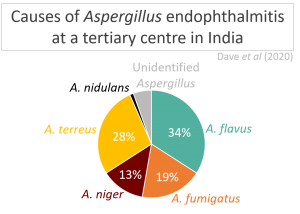Submitted by Aspergillus Administrator on 6 December 2012
Bread is one of the major reasons for food waste in many countries of the world – in the UK a third of all bought bread is thrown away due to becoming mouldy. The average family in the US for example throws away 40% of its food. Much of this discarded bread is perfectly edible, it has not dried out and gone stale but has become mouldy.
This is thought to be partly because bread is kept moist using plastic bags for storage as the moisture that is trapped encourages the growth of the principle common bread mould Rhizopus stolonifer and any other moulds that may land on the bread.
If we could sterilise the bread after enclosing it in its plastic bag the chances are that the bread will be edible for some time.
Research carried out by a group at the american company MicroZap have developed a technique to achieve just that using a variant of the microwave technology we use to heat food up. A treatment of just 10 seconds destroys all mould spores without heating the bread. Bread treated in this way lasts for 60 days without getting mouldy (and presumably with the plastic container bag not having been opened), potentially allowing us to radically reduce waste.
Once opened though I would imagine that the bread would still be vulnerable to spores in the air landing on it and germinating so bread moulds may not be completely eradicated.
The designers of the sterilising machine also mention that the use of this machine might enable bread manufacturers to reduce the amount of preservative added to bread that some people may find unpalatable. BBC News story
News archives
-
Title
Date



